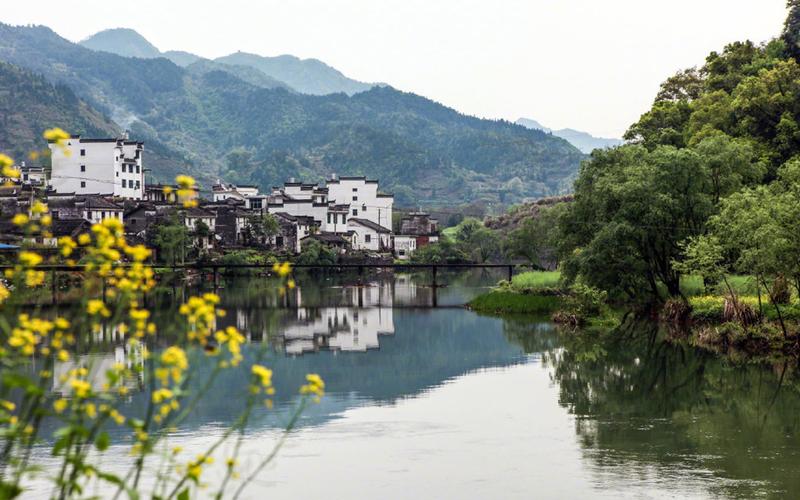Discovering the Timeless Cultural Traditions of Spain
When it comes to cultural richness and diversity, few countries can match Spain’s unique heritage and traditions. From its flamenco dancing to its bullfights, Spain is a country that prides itself on its time-honored customs. In this article, we’ll delve deeper into the cultural traditions of Spain and explore the reasons behind their longevity.
Festivals and Celebrations
One of the most significant aspects of Spain’s culture is its vibrant festivals and celebrations. These events are held throughout the year, with each having its unique charm. For instance, La Tomatina, held in Buñol, Valencia, involves a tomato-throwing fight between locals and visitors. Similarly, the Running of the Bulls in Pamplona attracts thousands of participants each year, who run alongside bulls through the narrow streets of the city.
Apart from these famous festivals, Spain is also home to many religious and cultural celebrations that have been a part of the country’s traditions for centuries. For example, Semana Santa, or Holy Week, is a week-long celebration of the passion, death, and resurrection of Jesus Christ, and it’s observed in all cities and towns across the country.
Food and Drink
Food and drink are integral parts of Spain’s cultural heritage. With its diverse regional cuisines, Spain boasts a wide range of traditional dishes and beverages that reflect its history and culture. Some of the most popular dishes include paella, churros con chocolate, and tortilla española. Spain is also known for its wine, with the country producing some of the world’s best Riojas and Cavas.
Art and Architecture
Spain is a country that has given birth to some of the world’s most exceptional artists, including Pablo Picasso and Salvador Dalí. Besides these renowned painters, Spain is also home to some of the most awe-inspiring architectural marvels, such as La Sagrada Familia and the Alhambra Palace.
Bullfighting and Flamenco Dancing
No discussion on Spain’s cultural traditions would be complete without mentioning bullfighting and flamenco dancing. While bullfighting has been a controversial subject in recent years, it remains an integral part of Spanish history and culture. The sport has been around since the medieval times and continues to attract a passionate fan base.
Flamenco dancing, on the other hand, is a traditional dance that originated in Andalusia and has spread throughout the country. It’s a blend of singing, guitar playing, and dancing and is recognized as a UNESCO Intangible Cultural Heritage.
Conclusion
Spain’s cultural heritage is vast and diverse, and its traditions have been passed down from generation to generation for centuries. From its colorful festivals and celebrations to its mouth-watering cuisine and artistic achievements, Spain offers visitors a glimpse into a world that’s truly timeless. If you’re planning on visiting Spain, make sure to immerse yourself in its rich culture and explore its many treasures.
(Note: Do you have knowledge or insights to share? Unlock new opportunities and expand your reach by joining our authors team. Click Registration to join us and share your expertise with our readers.)
Speech tips:
Please note that any statements involving politics will not be approved.
